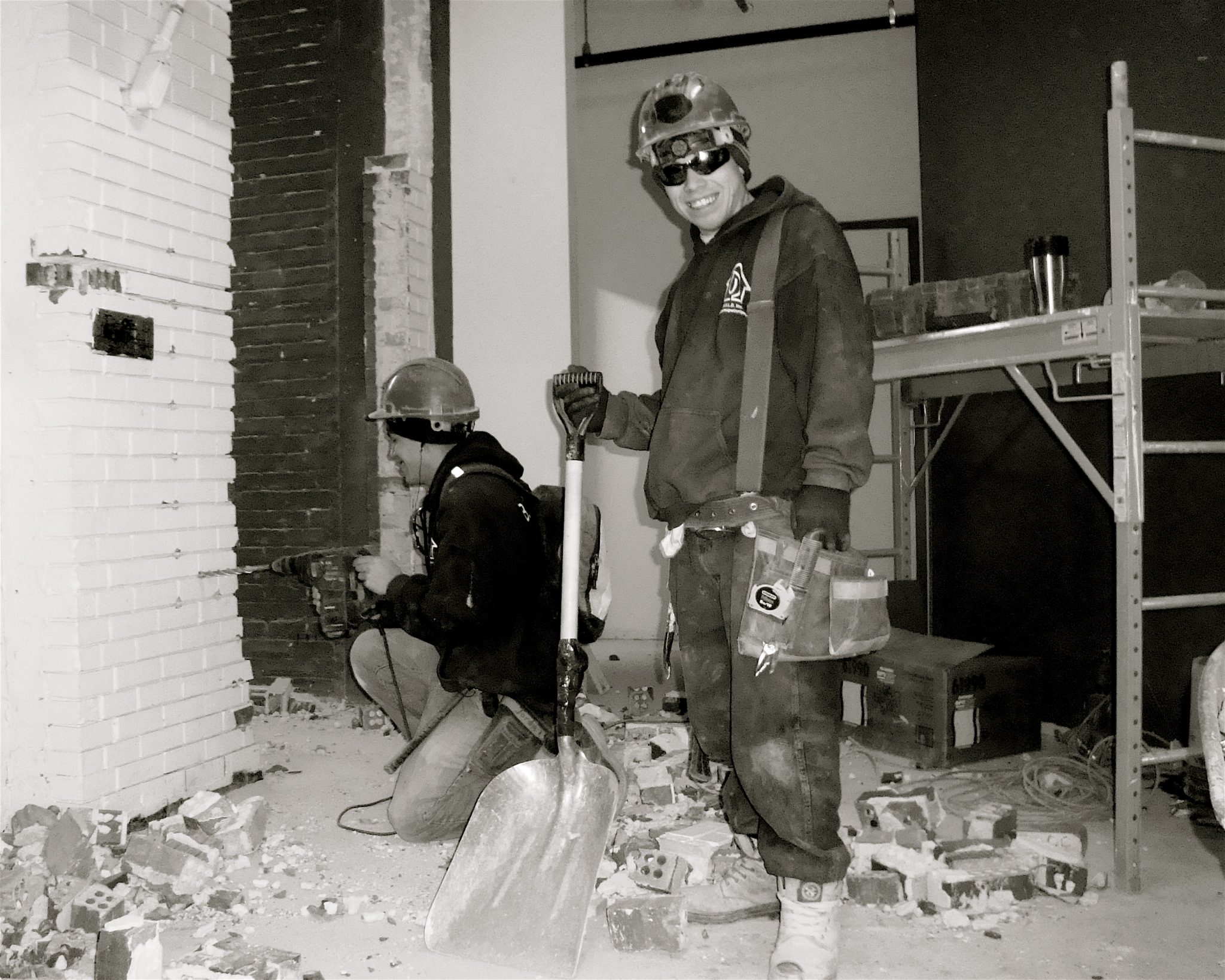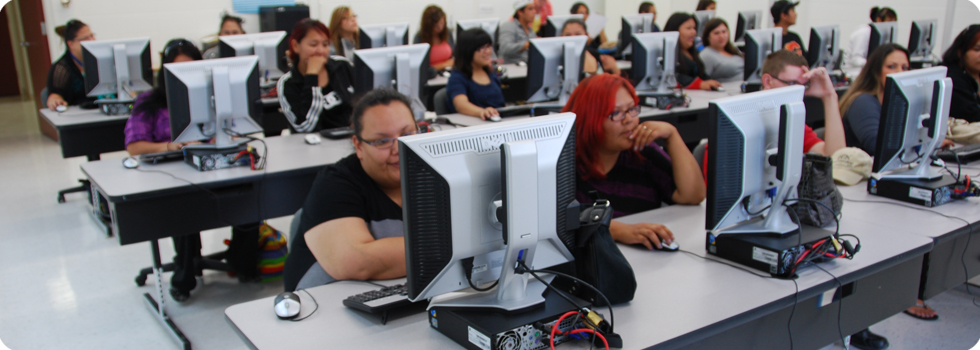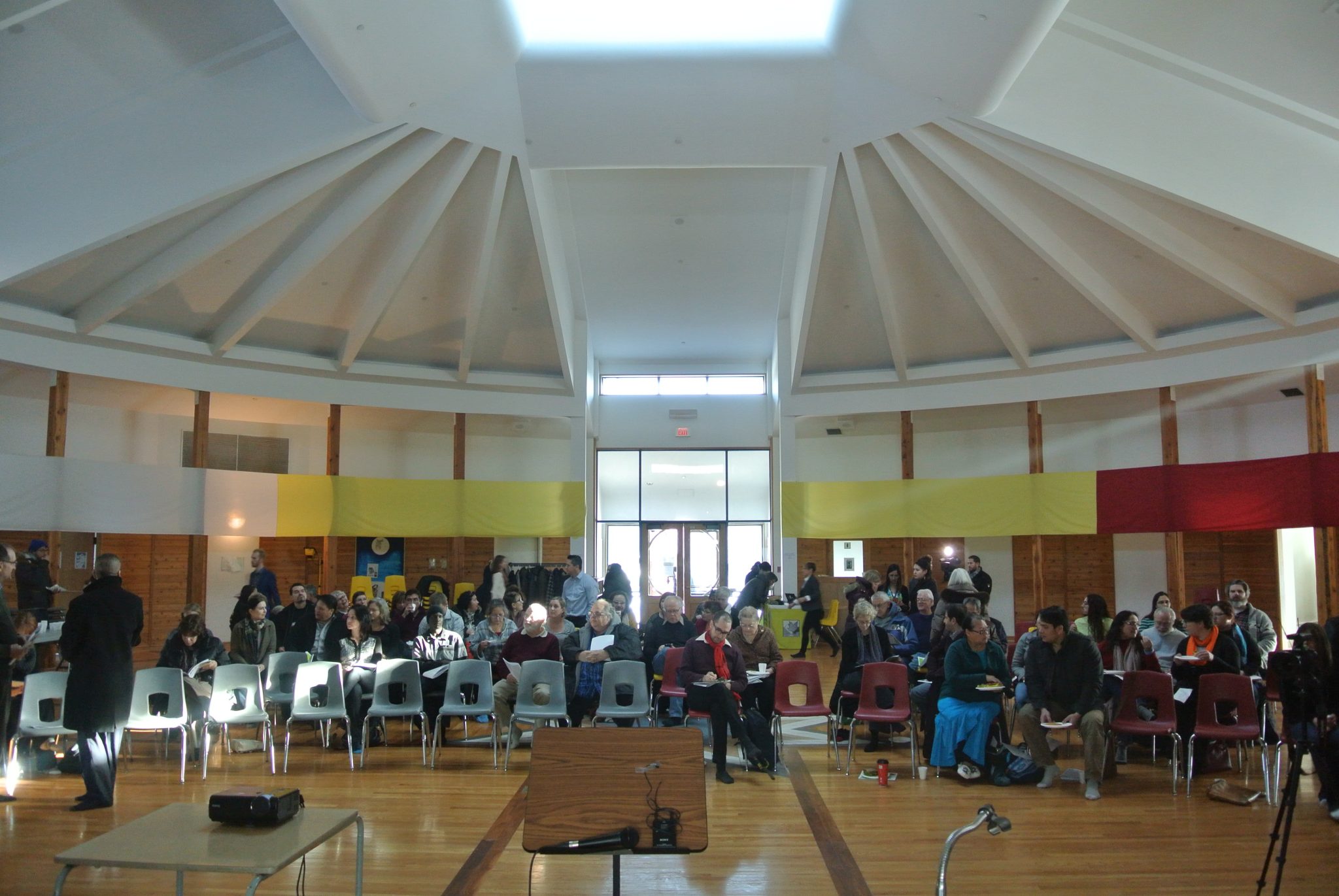Community Economic Development
Recent developments in economic modeling have generated tools particularly adept at demonstrating how factors impeding individual development (low levels of income and of education, residency in low-income, low-opportunity neighbourhoods) are often self- reinforcing and generate “poverty traps”. CED can potentially break this cycle. We continue our successful research in the context of the new challenges and opportunities facing CED in Manitoba, organized into 4 broad areas of research and aimed at producing concrete recommendations for communities and organizations in Manitoba and for government policy. Our work is relevant to other regions in Canada, many of which are facing identical issues.


Capacity Building, Education and Employment
We know that educational outcomes correlate strongly with socio-economic status; that this is the case in Manitoba and that what takes place outside the school is at least as important as what occurs inside.We also know from our SSHRC/CURA research that the education journey for Aboriginal people is extremely complicated and not as linear as that of non-Aboriginal people. The reasons are rooted in the colonial experience, and in poverty, precarious housing, internalized oppression and a distrust of the education system. Aboriginal people continue to have lower education attainment rates, higher unemployment, and lower incomes than non-Aboriginal people. Through community-based research we seek to deepen our understanding of these educational challenges and effective interventions for improving educational outcomes.
Neighbourhood Revitalization and Housing
Research in the Neighbourhood Revitalization and Housing stream builds on 3 previous research findings. First, the persistence of spatially concentrated and racialized poverty, combined with the Canada-wide shortage of low-income rental housing, produces a complex of problems that adversely affect marginalized people. Yet, despite the proliferation in recent years of programmatic statements on low-income housing needs, including recent studies proposing policy and taxation measures to induce the private sector to build more rental housing, not enough is being built. While our ethnographic work has identified effective solutions at the local level, we recognize the importance of an enhanced focus on community advocacy for policy change, given severe limits to what can be achieved at the micro level. Second, there is evidence to suggest—and our community partners have told us—that Aboriginal life experiences and worldviews affect housing and neighbourhoods. We seek to deepen our understanding of this issue, asking: do Aboriginal people conceptualize and use housing differently than the non-Aboriginal population? What might this mean for housing and CD strategies in largely Aboriginal and low-income spaces? Third, housing is central to the MRA’s work not only because of its functionality but also because of its causal linkages. It is an economic generator, and via CD strategies involving local employment and training combined with cultural components can produce self-reinforcing benefits in low-income communities. We examine these issues in urban and northern communities, working with partners like BUILD and linking with our CED research stream.


Justice, Safety and Security
The concentration of social problems in northern and inner-city communities creates the conditions for insecurity, crime, and violence. While criminal justice strategies—such as intensified policing, criminalization, and incarceration—have been implemented to quell this tide, there is evidence to suggest that these strategies do not work, and may well exacerbate the problems they seek to address. Projects within the Justice, Safety, and Security stream, therefore, aim to investigate:
· The barriers that individuals encounter as they endeavour to negotiate ‘systems’ (criminal justice, child welfare, social assistance) in their lives;
· The extent to which current state policies and practices engender and exacerbate these barriers;
· The potential of alternative strategies that encourage healing and empowerment and realize justice, safety, and security in Aboriginal and inner-city communities.
